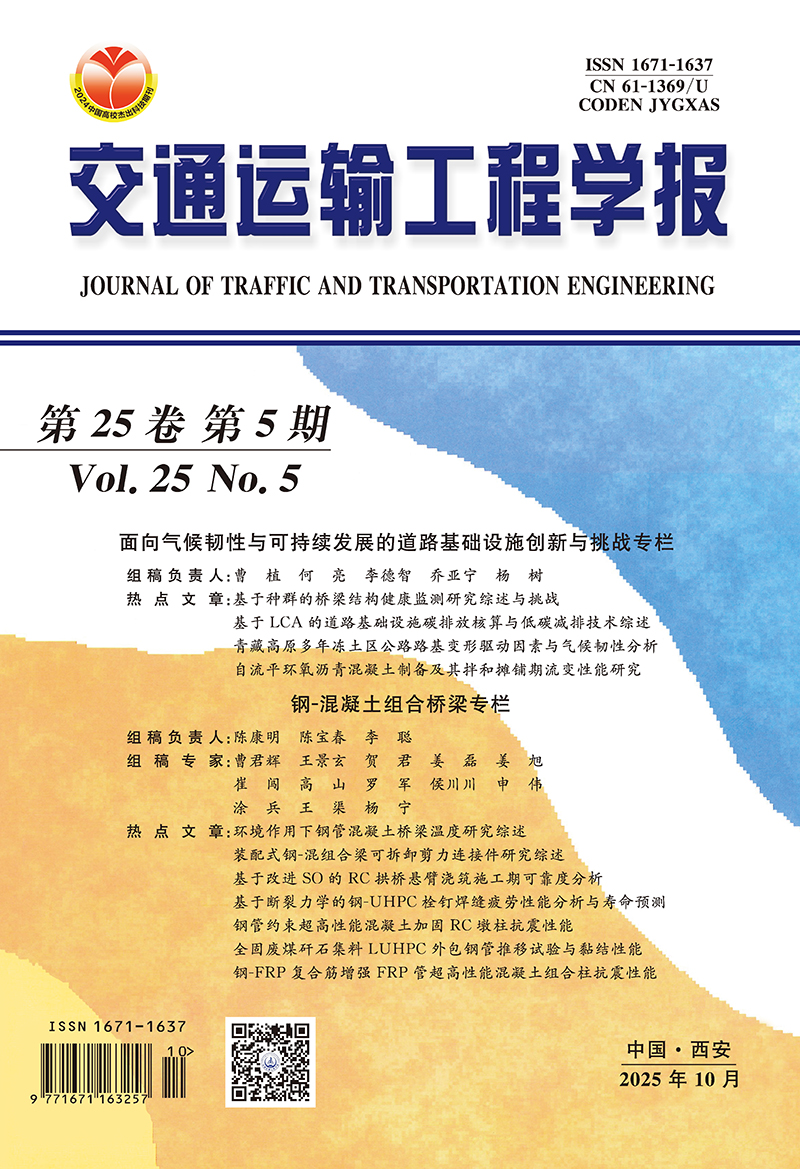2003 Vol. 3, No. 3
Display Method:
Abstract:
2003, 3(3): 1-6.
Abstract:
2003, 3(3): 7-11.
Abstract:
2003, 3(3): 12-16.
Abstract:
2003, 3(3): 17-20.
Abstract:
2003, 3(3): 21-25.
Abstract:
2003, 3(3): 26-31.
Abstract:
2003, 3(3): 32-35.
Abstract:
2003, 3(3): 36-39.
Abstract:
2003, 3(3): 40-45.
Abstract:
2003, 3(3): 46-49.
Abstract:
2003, 3(3): 50-53.
Abstract:
2003, 3(3): 54-58.
Abstract:
2003, 3(3): 59-63.
Abstract:
2003, 3(3): 64-67.
Abstract:
2003, 3(3): 68-71.
Abstract:
2003, 3(3): 72-74.
Abstract:
2003, 3(3): 75-78.
Abstract:
2003, 3(3): 79-83.
Abstract:
2003, 3(3): 84-87.
Abstract:
2003, 3(3): 88-92.
Abstract:
2003, 3(3): 93-95.
Abstract:
2003, 3(3): 96-100.
Abstract:
2003, 3(3): 101-105.
Abstract:
2003, 3(3): 106-109.
Abstract:
2003, 3(3): 110-116.
Abstract:
2003, 3(3): 117-121.
Abstract:
2003, 3(3): 122-126.





